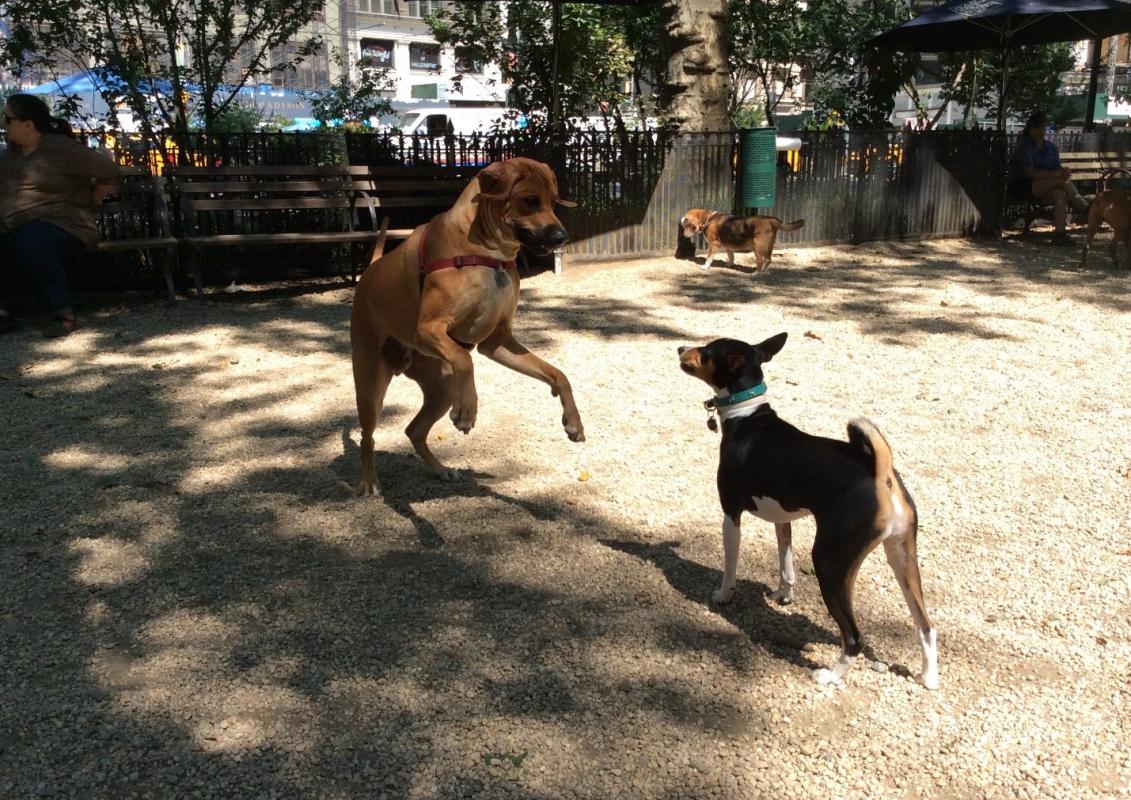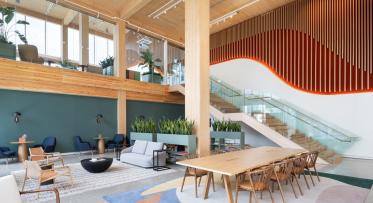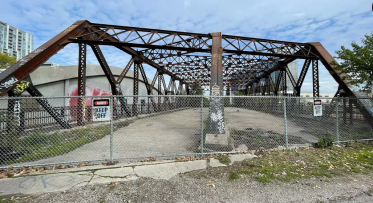Urban Dog Runs: New Playgrounds for City Dogs
Urban dog runs fill a practical need as well as a social one – giving a place for city dogs to exercise, do their ‘business’ and socialize. (Photo via urbandognyc.com)
POSTED: AUGUST 21, 2015
BY: HEATHER GLICKSMAN
With a surge of dog owners in Toronto condominiums in recent years there is a growing need for public spaces that meet the needs of these residents. In this 2013 article for the National Post, Alex Newman wrote, “With more people regarding condos as home and not a stepping stone on the way to a house, the number of pets, particularly dogs, is increasing in the city.” Almost half of the 60 off-leash dog runs and parks in Toronto have been created since 2007 and the appetite for dog-friendly spaces continues to grow.
At a recent community update meeting about Aitken Place Park, landscape architect Tom Balsley drew an analogy among different types of playgrounds. Just as children’s playgrounds provide an opportunity for kids to enjoy the outdoors and play with other children – and also allow parents to socialize with each other – the same is true of dog runs and parks. Dogs and their owners have the opportunity to get outdoors and connect with their community.
Parks are places where people in all stages of life can go to socialize, play and enjoy the outdoors. Like parks – local parks, community parks, and regional parks – spaces for dogs also vary in size and scale.
So, what is a ‘dog run’ and how does it differ from a ‘dog park’?
Dog parks and dog runs offer different play experiences and meet different needs. Like community or regional parks, larger dog parks are often a destination because the space requirements cannot always be easily accommodated in the downtown setting. Dog runs, most of which are less than 200 square metres, are more easily integrated into the urban context and offer a creative solution to the needs of urban dog owners. This size may seem pretty small but it is plenty of space for dogs to enjoy some fresh air, meet other dogs and do their business. Just like with parks, amenities and features are unique to each space with some dog runs offering play features for our furry friends. While there are many types of surface material used for dog runs, typically the most sustainable is a resilient, crunchy pea gravel – it’s easiest to maintain and keep clean.
Spaces for dogs are as much about providing opportunities for owners to socialize as they are for the dogs. In addition to being areas for owners to socialize, dog runs function effectively as outdoor spaces for dogs to socialize. By incorporating small dog runs into public spaces, Tom Balsley says they become one of several elements of a park’s design, ensuring a balance of space for all types of people and uses. The City of Toronto considers off-leash areas based on each neighbourhood's characteristics and needs. In choosing the appropriate type of space and locations for off-leash areas the needs and interests of the community must be balanced with the impact on the natural environment and sustainability of the off-leash area.
Landscape architects and urban planners are increasingly thinking of community parks as outdoor rooms with comfortable seating and furniture, varieties of landscaping and landforms that create opportunities for informal play, and active amenities that promote congregation, like community gardens, barbecues or even pizza ovens. In turn, parks are being designed to facilitate a wide variety of activities and social interactions.

A rendering of the dog run in Aitken Place Park – East Bayfront’s next waterfront park. The park is expected to be open to the public by spring 2018. (Image: Scott Torrance Landscape Architect Inc. and Thomas Balsley Associates)
At Waterfront Toronto, we’ve begun to incorporate this approach into some of the new waterfront parks and public spaces we’re designing and building. Aitken Place Park includes a 170-square-metre sunken dog run on the north side of the park, which will provide opportunities for neighbourhood residents and pets to socialize. Creating an informal observation deck above the sunken dog run also allows for a more participatory experience that includes everyone – people using the dog run and those viewing it from above.
Corktown Common also features an off-leash dog run at the eastern perimeter of the park. The size and shape of the dog run was informed by the natural boundaries offered by the Don River to the east, the hydro tower to the south and Bayview Avenue running along the north-west side. At the moment the 330-square-metre run looks somewhat bare as the surrounding natural vegetation hasn’t yet flourished. Trees and shrubs cannot be planted in this area because the dog run sits on a portion of the flood protection landform that would be compromised by tree roots or any structure that could penetrate the landform. As the urban prairie continues to grow, the fence line will be softened and the surroundings will be enhanced.
The City of Toronto has also recognized the growing demand for off-leash dog areas, outlining this need in the city’s 2013-2017 Parks Plan. New off-leash areas within the current city park network continue to grow, while still accommodating many different kinds of park uses. As our dense urban population continues to grow, the need for more and improved parks and public spaces will continue to increase and it’s critical that we balance the needs of all park users.




